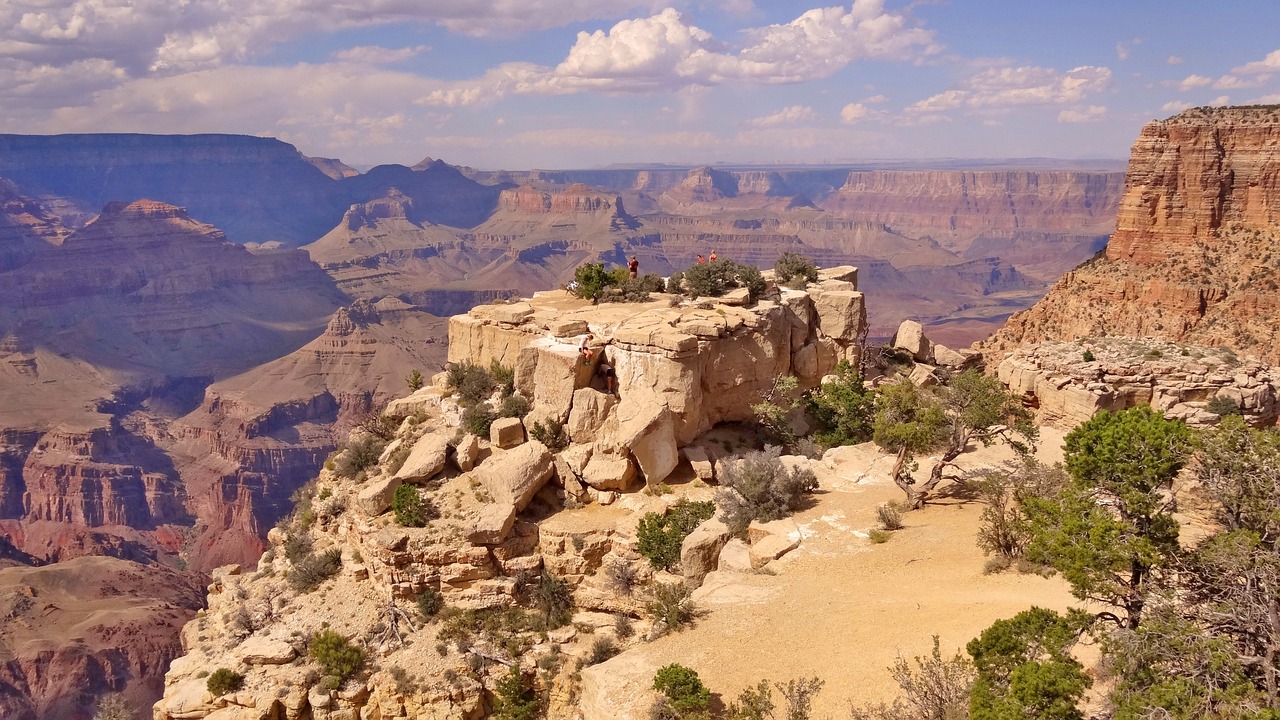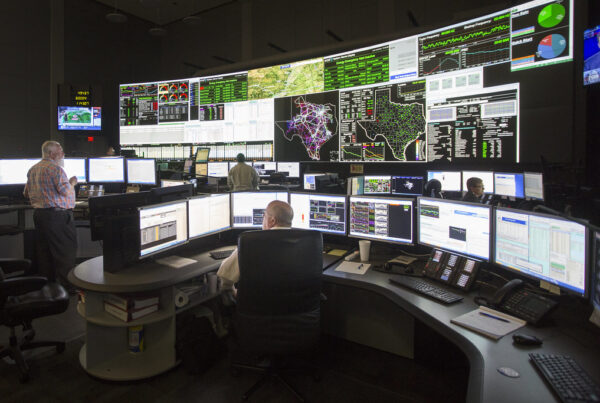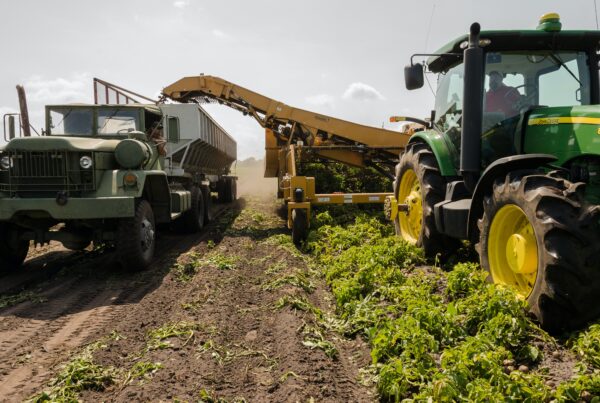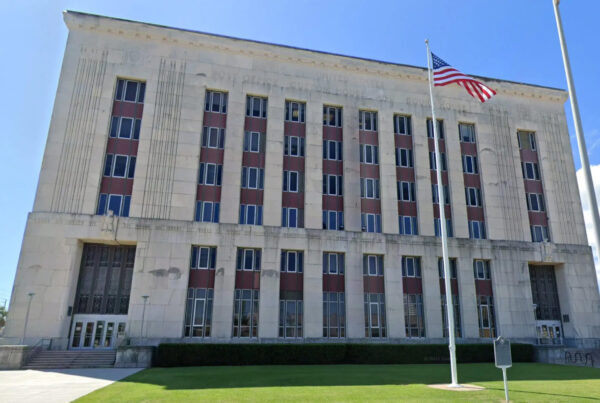Hot weather can be deadly and this summer has been no exception.
Extreme heat killed ten people in Laredo in the last two weeks of June. And on June 28, a man from Florida and his teenage stepson died in Big Bend National Park after hiking on a hot day.
Hiking can be a risk in any condition, especially in extreme heat. The Big Bend Sentinel reports the nearby national park has about one to three fatalities a year, often due to heat.
But The New York Times recently reported that Grand Canyon National Park in Arizona has a unique protocol to help hikers who appear in distress in hot weather.
Jeff Stebbins, public affairs specialist at Grand Canyon National Park, said the number of fatalities in the park varies from year to year.
“Some years we’ll have two, some years we’ll have 20. So, for example, last year we had 11 fatalities,” he said. “It’s hard to say how many are directly related to heat, though it is a contributing factor to be certain. This year we have had two heat-related fatalities that I know of.”
» RELATED: As Texas approaches record-high heat, here are six ways to protect yourself
The Grand Canyon’s heat protocol has been in place since 1997 and is called P-SAR — short for “preventative search and rescue.”
“We have about a dozen seasonal employees and 60 to 70 volunteers who rove the trails and position themselves in strategic locations — so bottlenecks, intersections, rest houses, that sort of thing. And when they see hikers coming down the trail, they assess them,” Stebbins said. “If anybody looks like they’re struggling or they’re underprepared, they might just talk to them and ask a few questions and dispense advice and resources as necessary.”
Those resources include water and snacks and sunscreen and advice about how to adjust hiking plans.
The snacks are a key part of this plan, Stebbins said.
“When people are hiking or doing any kind of strenuous activity in the heat, the first thing you think of is water, right? You want to stay hydrated. And that is crucial. That is very important,” he said. “But have you ever noticed when you go for a long hike or do something strenuous outside in the heat and you’re wearing a hat, as you should be, and then at the end of the day, you take off your hat and you see this this white crust on the side of the brim? Yeah, that’s salt.”
When you sweat, your body loses salt that needs to be replenished, Stebbins said. Not as many people think to pack salty food or electrolytes on hot hikes.
“Salt is important for muscle function and nerve function,” he said. “If your salt drops dangerously low, it can actually lead to death. So when you’re drinking water, be sure to eat a lot of salt as well, because you want to replace those electrolytes and particularly salt.”
This system was implemented after the park had a record number of search and rescues in 1996, and the data shows that it works. The number of needed search and rescue operations has dropped dramatically in the 25 years since.
Stebbins said the key to this program is to educate park visitors without handing down mandates.
“The Grand Canyon does have a lot of signage at trailheads and along trails just reminding people of the dangers of being underprepared and of heat itself. But there’s only so much you can do without taking away somebody’s freedom. And I think that’s part of the appeal of wild or places like national parks, is that there is that sense of personal freedom and adventure,” he said. “But you want to educate them as to how to better take care of themselves.”
In addition to stationing staff and volunteers in the park, Stebbins said the Grand Canyon has also posted QR codes at trailheads and other strategic points.
“If people scan that code with their phone, it takes them to a web page we created that is updated daily,” he said. “It has trail conditions, weather conditions, where we have water along the trails and just some general tips on how to keep yourself safe while you’re enjoying your public lands.”













